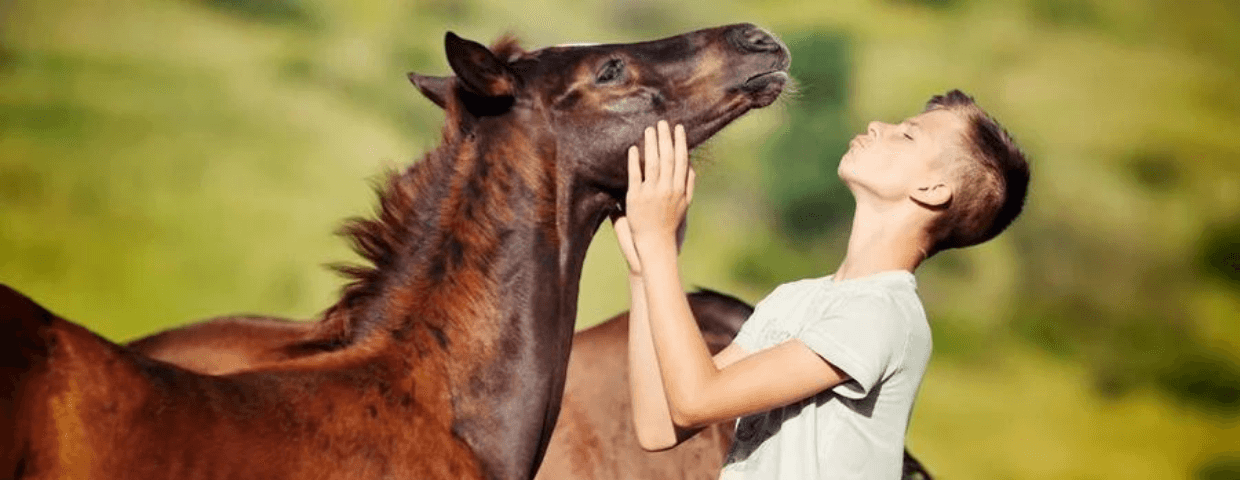Idaho Youth Ranch
Subscribe to our blog
%20(1).png?width=1240&name=Idaho%20Youth%20Ranch%20Blog%20Image%20Optimization%20(14)%20(1).png)
At the Idaho Youth Ranch, equine therapy is available to children and families who participate in any of our programs and services, not only kids in residential care. That includes family therapy, group and individual counseling, short-term crisis relief, even adoption services--because it gets such great results.
Kids who act out are often reacting from deep pain or anger they don’t understand and can’t explain. Dark memories can be frightening to deal with. And for abused or neglected kids, trusting anyone—especially an adult—is too great of a risk. They’ve learned to protect themselves by shutting out people who try to reach them. It can be tough for a clinician to help a child who can’t or won’t talk about what they’re feeling.
That’s where horses come in. There is an intuitive connection between animals and children. The experience of interacting with a horse—a sympathetic, gentle giant who doesn’t lie, doesn’t judge, sees through pretense, and communicates without words—can be powerfully transformative. At the Idaho Youth Ranch, we’ve seen how time spent with horses has helped hundreds of at-risk kids through a special treatment model called Equine Assisted Psychotherapy (EAP).
The EAP model is different from traditional horsemanship. It’s not about how to master or control the horse or how to ride. Instead, all activities take place on the ground and the horse is free to be itself and respond in any way it chooses. During and after the activity, clients process what just happened and talk about their thoughts, beliefs, behaviors and patterns. EAP’s purpose is help clients understand themselves and learn by experience how their behavior affects others around them.
The EAP treatment model was developed by the Equine Growth and Learning Association (EAGALA), an international nonprofit organization that trains and certifies equine therapy professional worldwide. In the organization’s words:
"A fundamental belief of the EAGALA model is that our clients have their own answers, the answers that are best for them. We believe in the capability of our clients to overcome their struggles and find solutions, when given the opportunity.” Equally important is EAGALA’s “philosophy of truly believing in the capability of our horses and being open to the lessons they are working to teach us and our clients.”
In EAP the horse is considered an integral member of the treatment team, along with an equine specialist (professional horse person) and an equine mental health specialist (a licensed counselor trained and certified in EAP). According to the EAGALA training manual, “EAP is about the horse doing the work of effecting change in people’s lives. It is about the relationship between horse and client.” The therapists’ role is to facilitate that relationship and structure the session to address the issues the client is struggling with.
“The power of the horse in therapy is amazing,” said Fern Sargent, IYR’s chief clinician. “Horses are able to pick up on human emotions and reflect them back to help hurting kids understand what’s really going on inside them.”
Take Jonathan, for example, who had just started residential treatment at IYR’s Ranch Campus. He couldn’t manage his anger. Either he would shut down and refuse to even look at people in his life or else he would explode at them in a fury. One morning, our equine specialist and our certified EAGALA clinician met with Jonathan in a pasture with three horses. They asked him to spend some time with the horses and, when he was ready, to let them know which horse represented which emotion he was struggling with.
Jonathan soon decided that one horse represented “Hurt,” one was "Being Bullied" and the other was "Anger."
The therapists then asked him to pick one or more of the emotions/horses and take them to a safe place. Jonathan picked Hurt and Being Bullied and brought them to the therapists, saying he felt safe with them. He said he didn’t feel he needed Anger if he could face his hurt and the pain of being bullied by his peers and family. After some discussion about this, he asked if he could let those emotions go. He tried to push Hurt and Being Bullied away but they refused to move. When asked why that might be happening, Jonathan said “You can't just push your emotions away. You have to deal with them.”
When asked what would happen if he forced them away, Jonathan tried harder. This time, Anger came over, chased Hurt and Being Bullied away and took their place next to Jonathan. In just one session, Jonathan learned from the horses what happens when he faces his emotions and how anger shows up when he does not.
What makes this example even more remarkable is the way Jonathan instinctively intuited so much about the personality and history of each of the horses.
The horse Jonathan identified as "Hurt" had once been severely injured by another horse and still suffered from ongoing health problems. The horse he chose to represent "Being Bullied" was the one in the herd the other horse picked on and pushed around. And “Anger” had a history of acting out. He could be difficult and a challenge to work with.
Jonathan had never seen any of the horses before that session. He didn’t know anything about their personalities or what they had been through. But in only a few moments he and the horses were able to communicate with each other in a profound way that led to a breakthrough in his healing process.





Leave a Comment